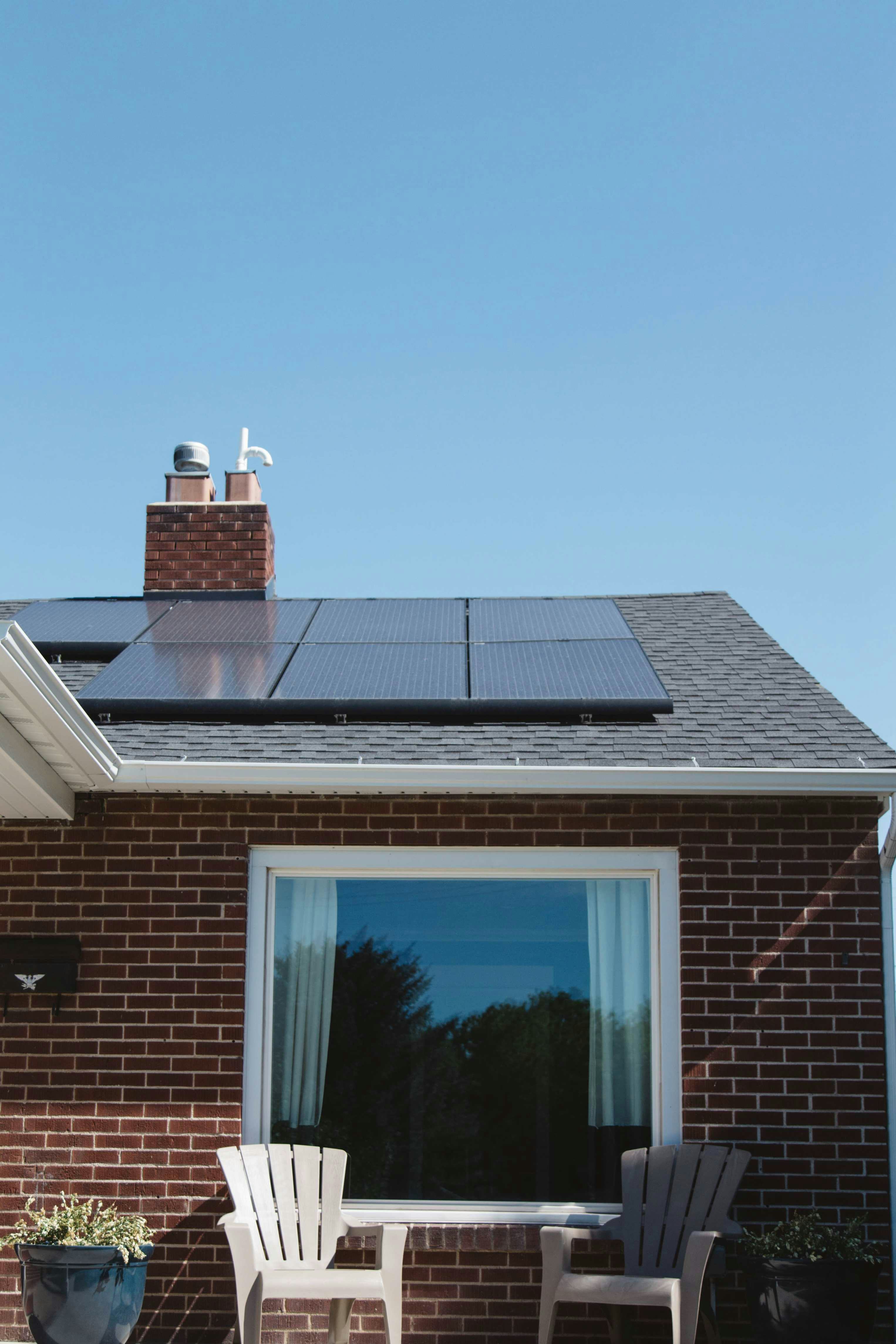How much do solar panels increase your home value?
Solar panels are a great investment for your home and can raise your property value significantly. Discover how much solar panels can increase your home value, tax benefits, and more.
Investing in solar panels isn’t just about slashing your electricity bills; it’s a savvy way to boost your home’s value too. Research shows that homes equipped with solar energy systems tend to sell for more than homes without. But the real question is: how much value can solar panels add to your home?
Takeaways:
Solar panels increase home value by an average of 4.1%
Installing solar decreases monthly utility payments and improves your carbon footprint
How solar panels increase your home value varies by the availability of good sunlight to turn into electricity, tax benefits in your area, & age and size of your home
Solar panels must be well-maintained in order to get the most impact on your home value
Key Factors That Impact the Added Value of Solar Panels on Homes
1. Location
If you’re in an area with high electricity costs or generous solar exposure, you’re in luck! These locations typically see greater increases in home value. (Unlike me, Washington state, with all the vampires. That overcast gloom isn’t doing us any favors in the solar department.) In regions like California or Arizona, where the sun is plentiful and energy prices are through the roof, solar panels can significantly boost your home’s resale value.
2. System Size and Quality
A well-installed, efficient solar system can make your home more appealing to potential buyers. Remember, quality matters, so don’t just DIY some kit you saw on Amazon. Buyers want reliability and performance, not just panels stuck on the roof.
3. Market Trends
In areas where sustainability is all the rage, homes with solar panels become hot commodities. In some markets, solar energy systems are seen as a premium upgrade, just like a gourmet kitchen or a newly renovated bathroom. A home with solar panels may sell faster and for a higher price, especially in eco-conscious regions.
How Solar Panels Influence Your Property Taxes
Worried about property taxes? Adding solar panels could actually benefit you. In states like New York, Texas, and California, these exemptions are common, allowing homeowners to enjoy the added value of their solar panels without worrying about an inflated tax bill.
Cost of Solar Panel Installation and Maintenance
Upfront, the cost of solar panel installation can seem steep, ranging from $15,000 to $25,000 for a typical residential system. However, this initial investment is often offset by the long-term savings on electricity. Plus, with solar panels, maintenance costs are generally minimal. Most systems come with a 25-year warranty and require little more than cleaning and periodic inspections. Unlike many other home upgrades, solar panels can literally pay for themselves over time. With low maintenance and the ability to slash utility bills, the long-term financial gain can be substantial.
Financing for Solar Panel Installation
When it comes to financing solar panels, you have several options. While solar loans are a common choice, home equity loans and home equity lines of credit (HELOCs) offer attractive alternatives. In many cases, the interest rates on home equity products are comparable or even lower than those on solar loans. Plus, HELOCs provide more flexible repayment terms, giving you room to manage your payments in a way that fits your financial situation. If you’ve built up equity in your home, using a HELOC to finance solar can be a smart, cost-effective way to invest in renewable energy.
Unlock Your Solar Potential with Figure
At Figure, we understand that financing your solar installation is a big decision. That’s why our HELOC products offer competitive rates, flexible terms, and a simple application process. With Figure, you can use your home’s equity to finance your solar panels and start saving on energy costs almost immediately. Our fast, 100% digital application process allows you to apply in just five minutes, with funding in as few as five days.1: Navigates to numbered disclaimer Whether you’re looking to increase your home’s value or reduce your carbon footprint, Figure is here to help you unlock the power of solar energy.
Additional FAQs on Solar Panels
Why Does Adding Solar Panels to Your Home Increase the Value?
Solar panels are seen as a high-demand upgrade. They not only lower monthly utility bills, but they also align with eco-conscious buyers’ values. With electricity costs continuing to rise, buyers are willing to pay a premium for homes that offer long-term savings.
Is Financing Solar Panels Worth It?
Yes! Financing makes solar more affordable by breaking the upfront costs into manageable payments. Plus, the long-term savings on your energy bills can easily exceed the cost of financing.
What Are the Financial Benefits of Solar Electricity Systems?
Beyond reducing your monthly electricity costs, solar panels often qualify for tax credits and rebates. Over time, they can add thousands of dollars in value to your home and significantly reduce your carbon footprint.
Is It Harder to Sell a House with Solar Panels?
Quite the opposite. Homes with solar energy systems often sell faster and for a higher price. In markets where sustainability is a priority, having solar panels can set your home apart from the competition.
Can You Save Money with Solar Panels?
Absolutely! While there is an upfront cost, solar panels pay for themselves through reduced energy bills, tax incentives, and increased home value. Over the life of the system, homeowners can save tens of thousands of dollars.
